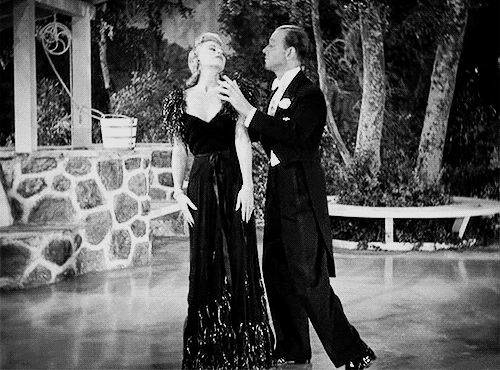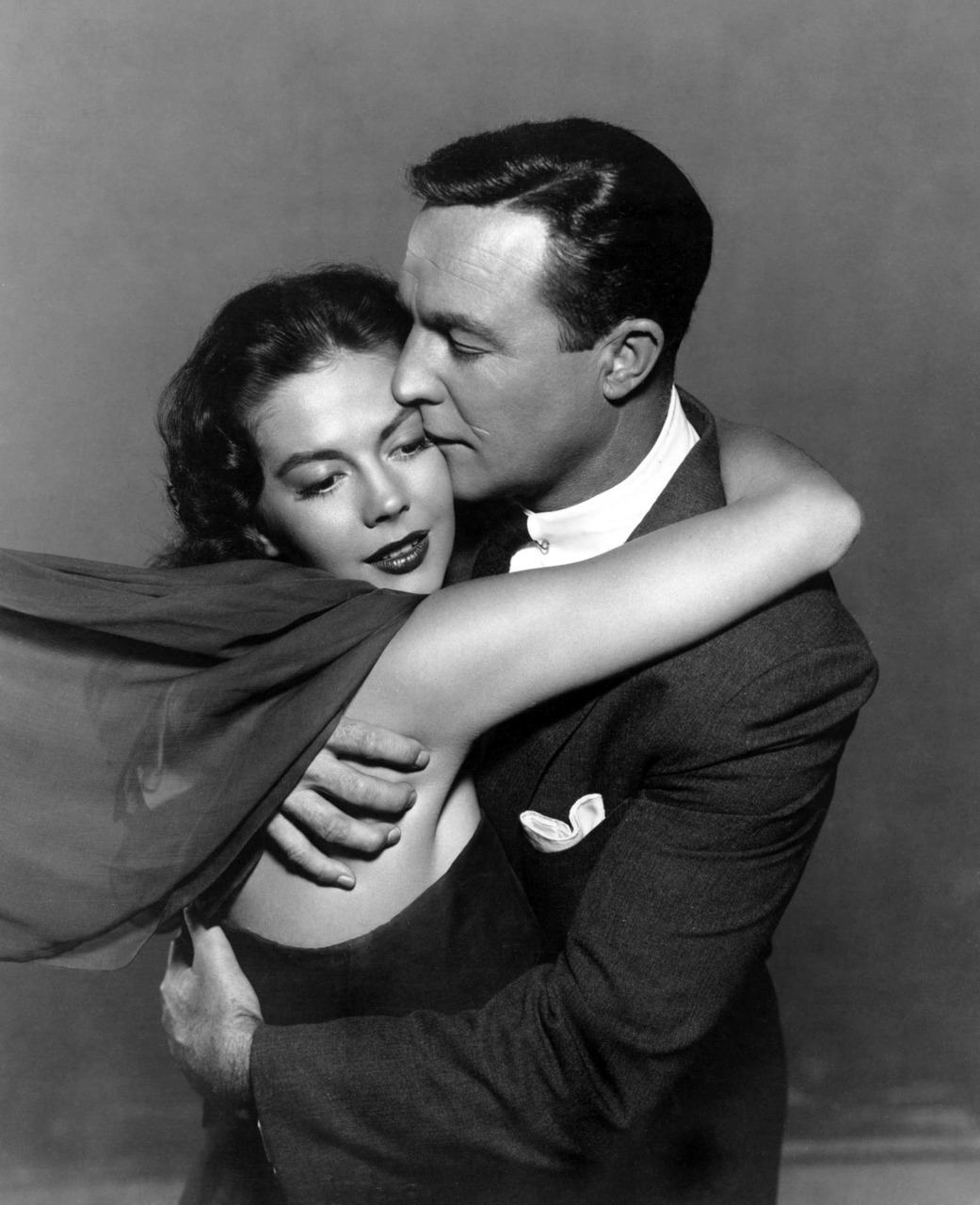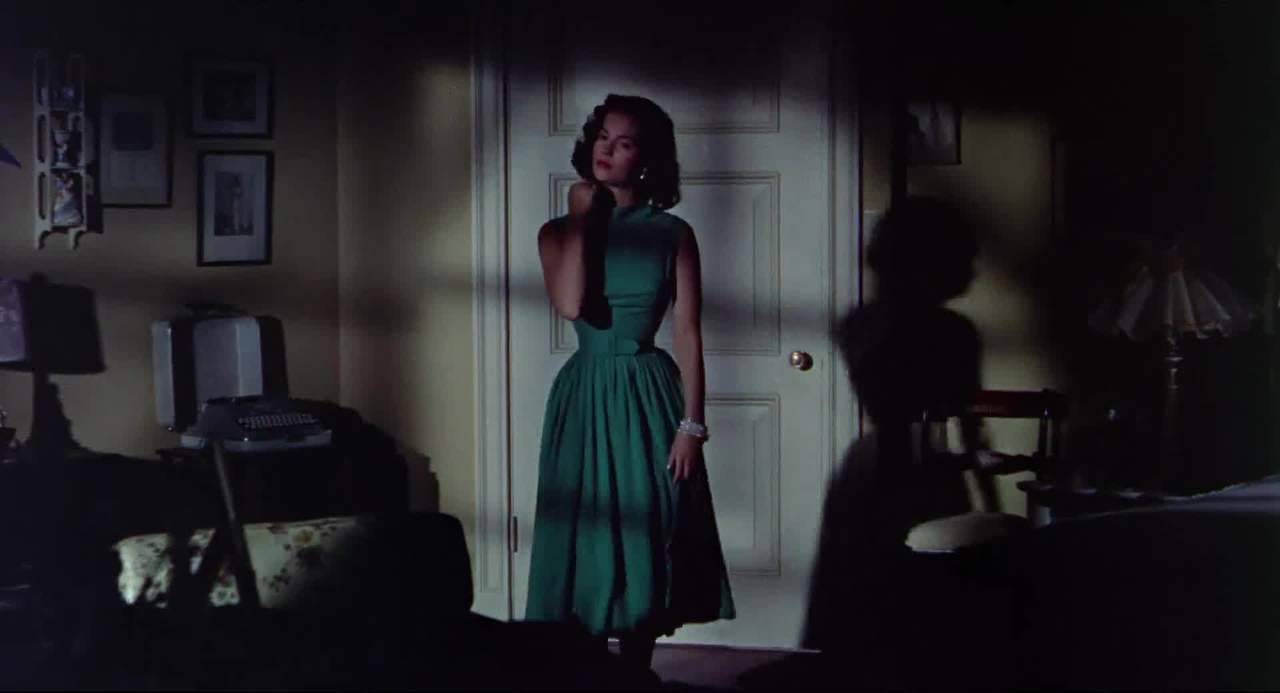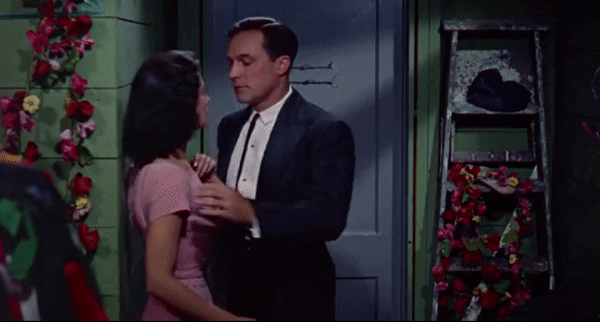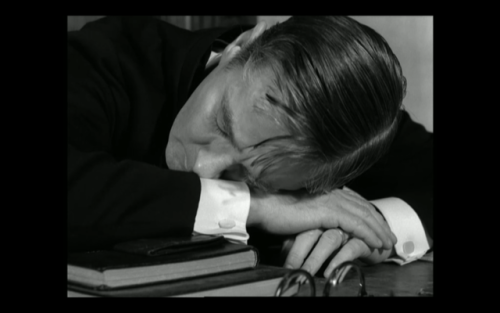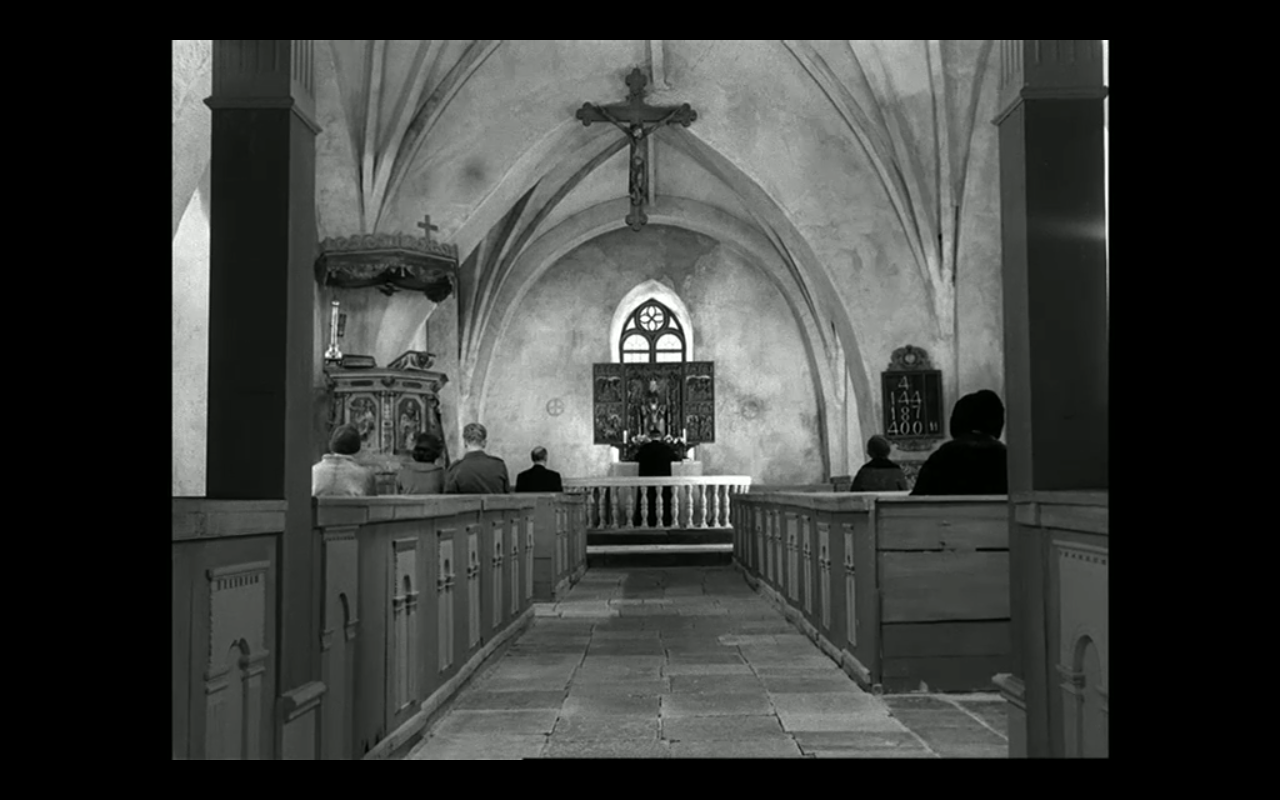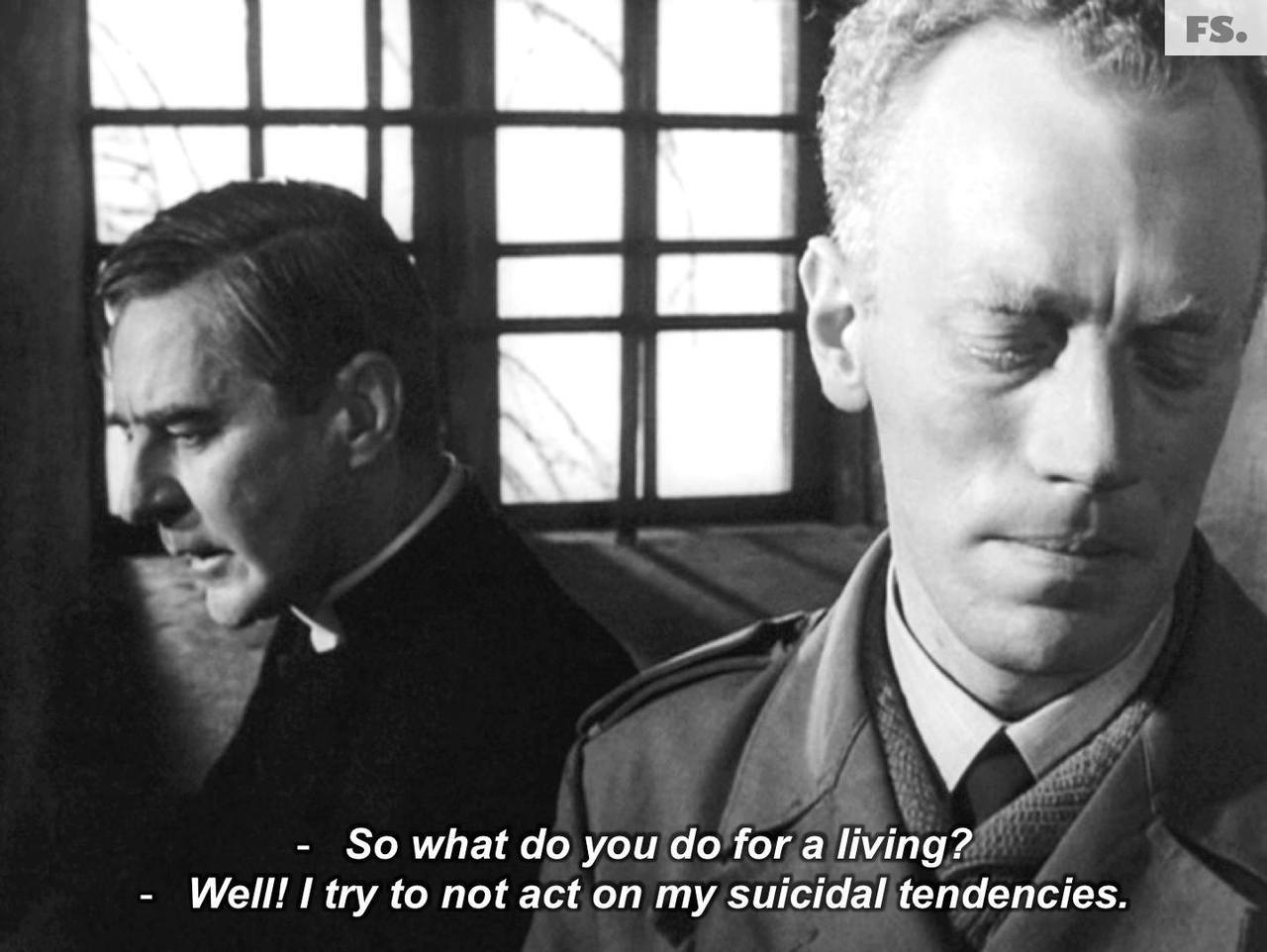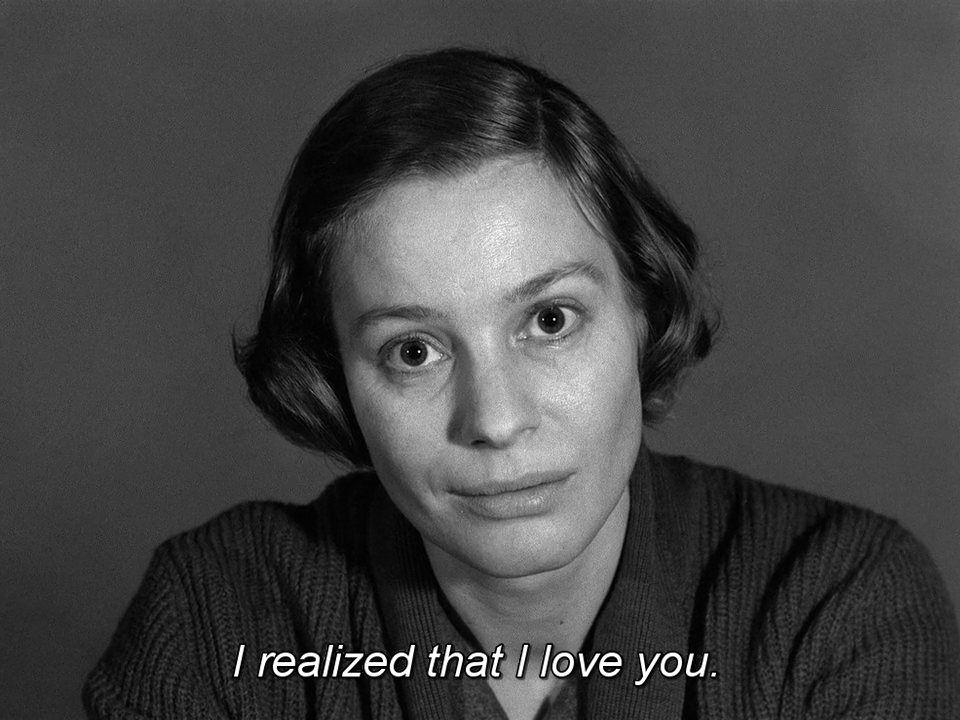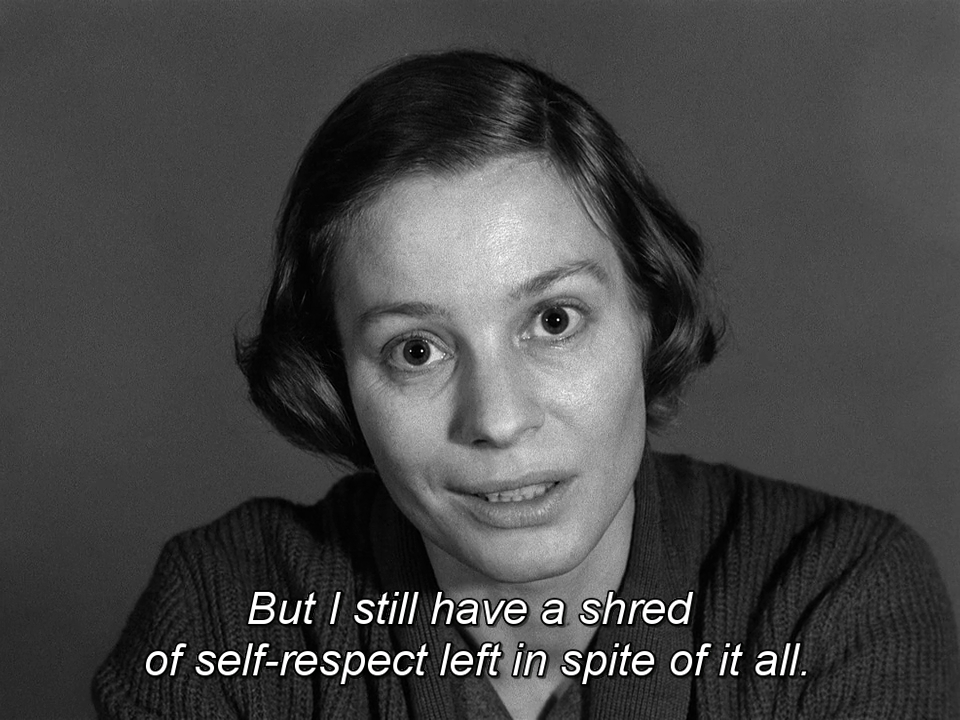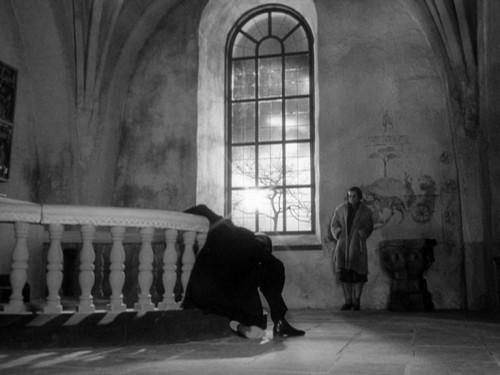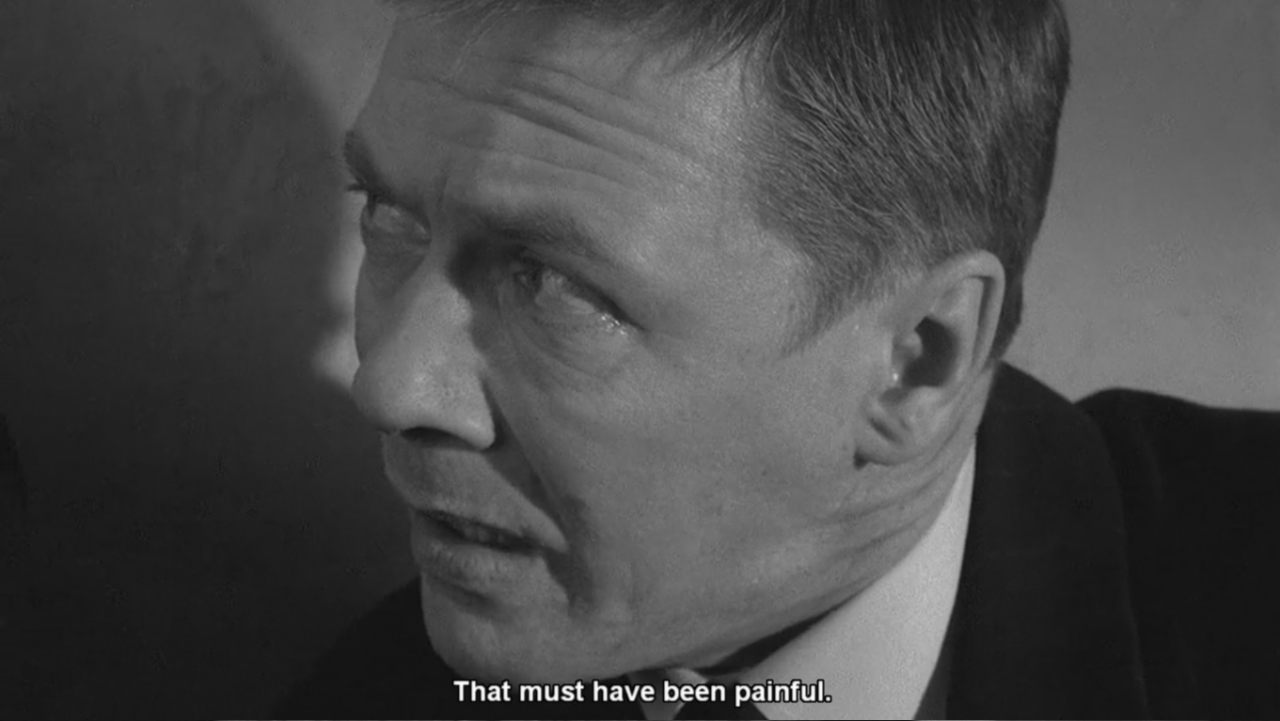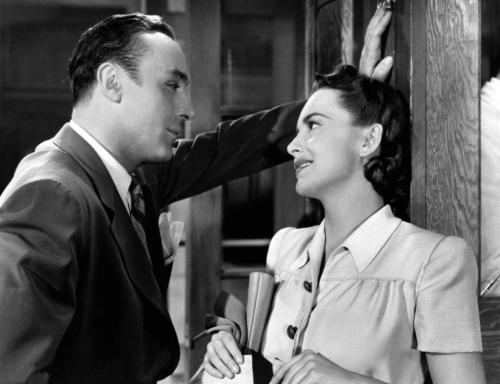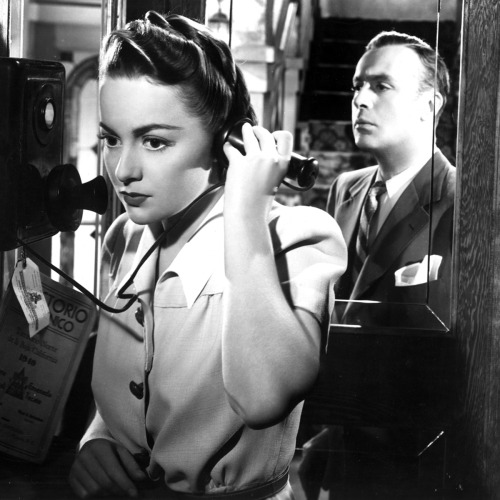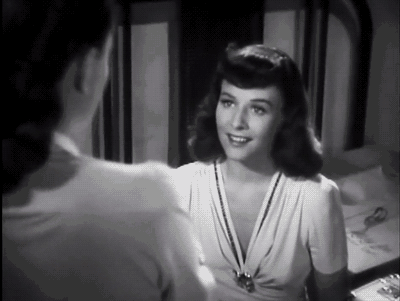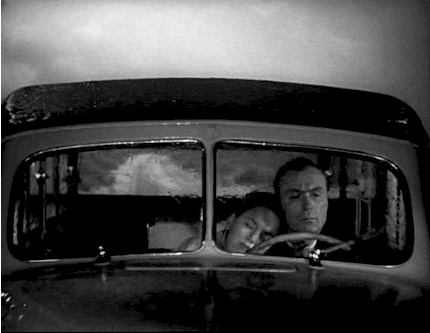Fred Astaire
e Ginger Rogers podem fazem algum filme ruim? Talvez. No final dos anos 30,
Fred foi uma das várias estrelas de cinema chamadas de “veneno de bilheteria”,
após o fracasso de alguns de seus filmes. “Dance Comigo” foi um destes filmes
que deu prejuízo. Mas seria “Dance Comigo” tão ruim assim? Só há uma maneira de
descobrir: assistindo-o!
Can Fred Astaire and Ginger Rogers do wrong? Maybe.
In the late 1930s, Fred was one of the several film stars labeled “box office
poison” after some of his films flopped at the box office. “Carefree” was one
of those movies that lost money. But is “Carefree” so bad? There is only one
way to find out: watching it!
Você pode
imaginar Fred Astaire como um psicanalista? Ele certamente seria um
psicanalista pouco convencional. E é exatamente esta a profissão de seu
personagem, doutor Tony Flagg, em “Dance Comigo”: um psicanalista tão peculiar
que sua estratégia é fazer um paciente andar em círculos até ficar tonto para
curar uma ressaca, enquanto o doutor Flagg toca “Jingle Bells” em uma gaita. O
paciente é Stephen (Ralph Bellamy), desolado porque sua noiva rompeu o noivado
– pela terceira vez!
Can you imagine Fred Astaire as a psychoanalyst? He
certainly would have been a very unconventional one. And that’s exactly what
his character, doctor Tony Flagg, is in “Carefree”: a psychoanalyst so peculiar
that he makes a patient go around a bed several times until he gets dizzy, in
order to cure his hangover, while Dr. Flagg plays “Jingle Bells” in a
harmonica. The patient is Stephen (Ralph Bellamy), depressed because his
fiancée called the engagement off – for the third time!
Para ajudar
Stephen, o doutor Flagg decide fazer análise com a n0iva, Amanda Cooper (Ginger
Rogers). Ele quer analisar especificamente os sonhos dela e, uma vez que ela
não sonha, ele quer incitá-la a sonhar. O problema é que, quando ela finalmente
consegue sonhar, ela percebe que o homem que ela ama não é Stephen. Você já
deve estar imaginando o que acontece a seguir – porque Stephen é interpretado
pela eterna segunda opção, Ralph Bellamy.
To help Stephen, Dr. Flagg decides to psychoanalyze
the fiancée, Amanda Cooper (Ginger Rogers). He wants to analyze specifically
her dreams and, since she says she can’t dream, he wants to provoke dreams in
her. The problem is, when she dreams again, she realizes Stephen isn’t the man
she loves. You can imagine what happens next – because, well, Stephen is played
by the eternal second choice, Ralph Bellamy.
Este é um dos
vários filmes sobre psicanálise, algo novo e na moda na época – Freud ainda
estava vivo quando “Dance Comigo” foi feito. O filme é menos didático que a
mais conhecida produção sobre o tema, “Quando Fala o Coração” (1945). Aqui,
coisas como hipnose, anestésicos, sonhos e subconsciente são fonte de risadas.
This is one of many films that dealt with
psychoanalysis, a brand new trend back then – Freud was still alive when
“Carefree” was made. It is less didatical than the best remembered film about
the theme, “Spellbound” (1945). Here, things like hypnosis, anesthesics,
dreaming and subconscious are the source of laughs.
O filme é
muito divertido. As risadas começam logo na primeira sequência, quando um homem
bêbado procura pelo doutor Flagg. Ginger tem duas sequências particularmente
engraçadas para mostrar todo o seu talento como comediante: sua personagem é
sedada pelo doutor Flagg com um gás, mas Stephen a acorda e a manda ir para a
rádio trabalhar; e mais tarde, ela é hipnotizada e começa a andar pelo country
club. Estes momentos me lembraram de outro filme em que Ginger Rogers precisa
fazer este tipo de comédia: “O Inventor da Mocidade” (1952). Além de Ginger,
temos Luella Gear como tia Cora e Jack Carson como Connors – dois personagens
essencialmente cômicos.
Já que “Dance
Comigo” é um musical, você deve estar perguntando: como são os números de canto
e dança? Bem, você tem Irving Berlin, Fred e Ginger, RKO: claro que os números
são ótimos! Há um incrível momento em que Fred Astaire dança e joga golfe e
também temos Fred e Ginger dançando em câmera lenta em cima de uma
vitória-régia. Isso só é aceitável porque é uma sequência de sonho, OK?
Since “Carefree” is a musical, you might be asking:
how is the music and dance? Well, it’s Irving Berlin, Fred and Ginger, RKO: of
course it’s top notch! There is a great moment with Astaire tap dancing while
golfing (the Putin puppet could never) and also Fred and Ginger dancing in slow
motion on a Victoria amazonica (or vitória-régia in Portuguese), a huge plant
from the Amazon rainforest. I can accept that because it was a dream sequence, OK?
De volta à
questão inicial. Fred Astaire e Ginger Rogers podem fazem algum filme ruim?
Não. Mas eles podiam fazer um filme “não tão brilhante”. Se você quiser
assistir a algo maravilhoso, talvez seja melhor rever “O Picolino” (1935) ou
“Ritmo Louco” (1936). Mas, se um pouco de besteiras não te incomodam, “Dance
Comigo” é uma ótima opção.
Back at the initial question. Can Fred and Ginger
do wrong? No. But they could do “less than right”. If you want to watch
something amazing, maybe it's better to rewatch “Top Hat” (1935) or “Swing
Time” (1936). But if some silliness doesn't bother you, “Carefree” is a very good
choice.
This is my contribution to the Fred Astaire and
Ginger Rogers blogathon, hosted by Michaela and Crystal at Love Letters to Old Hollywood and In the Good Old Days of Classic Hollywood.


